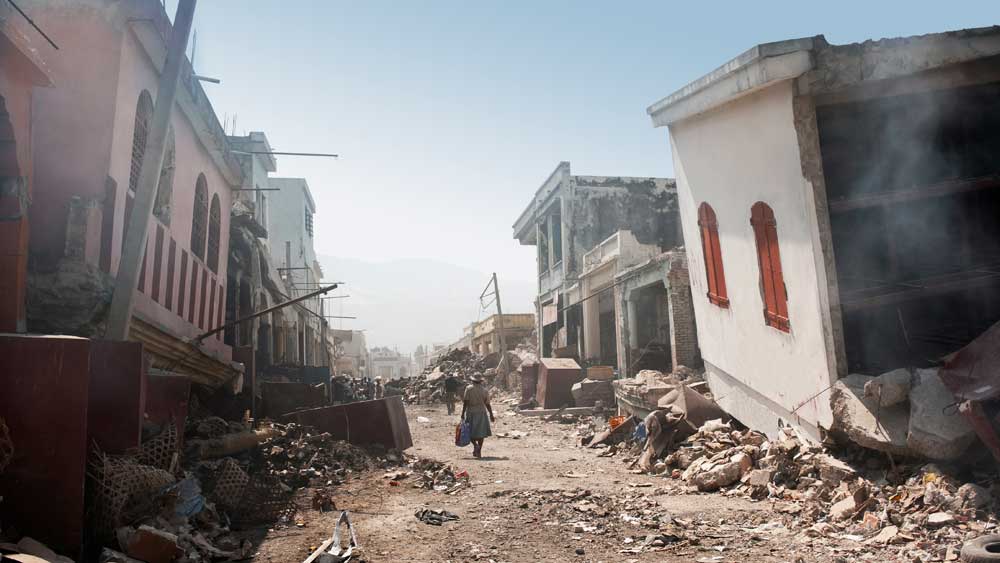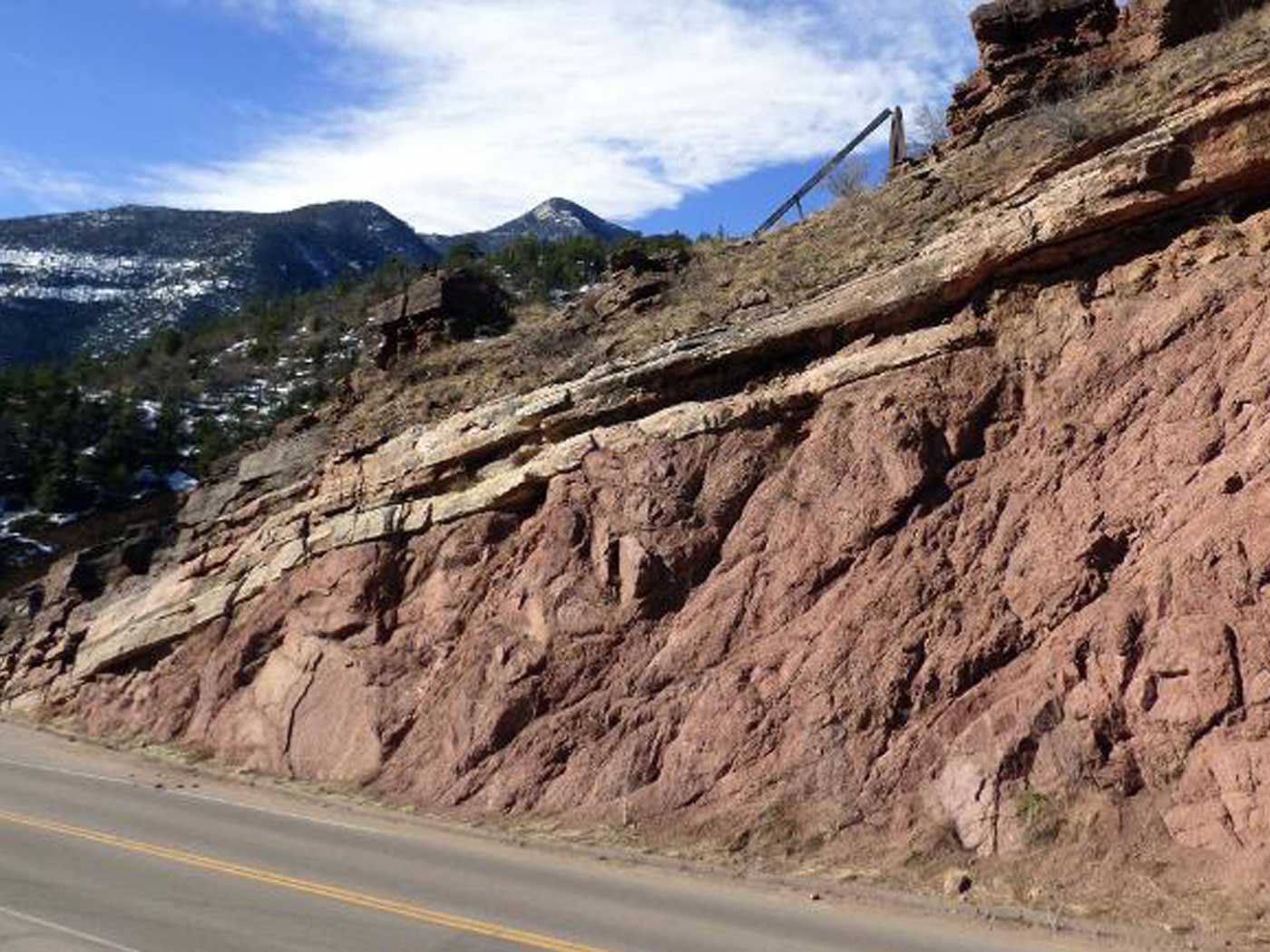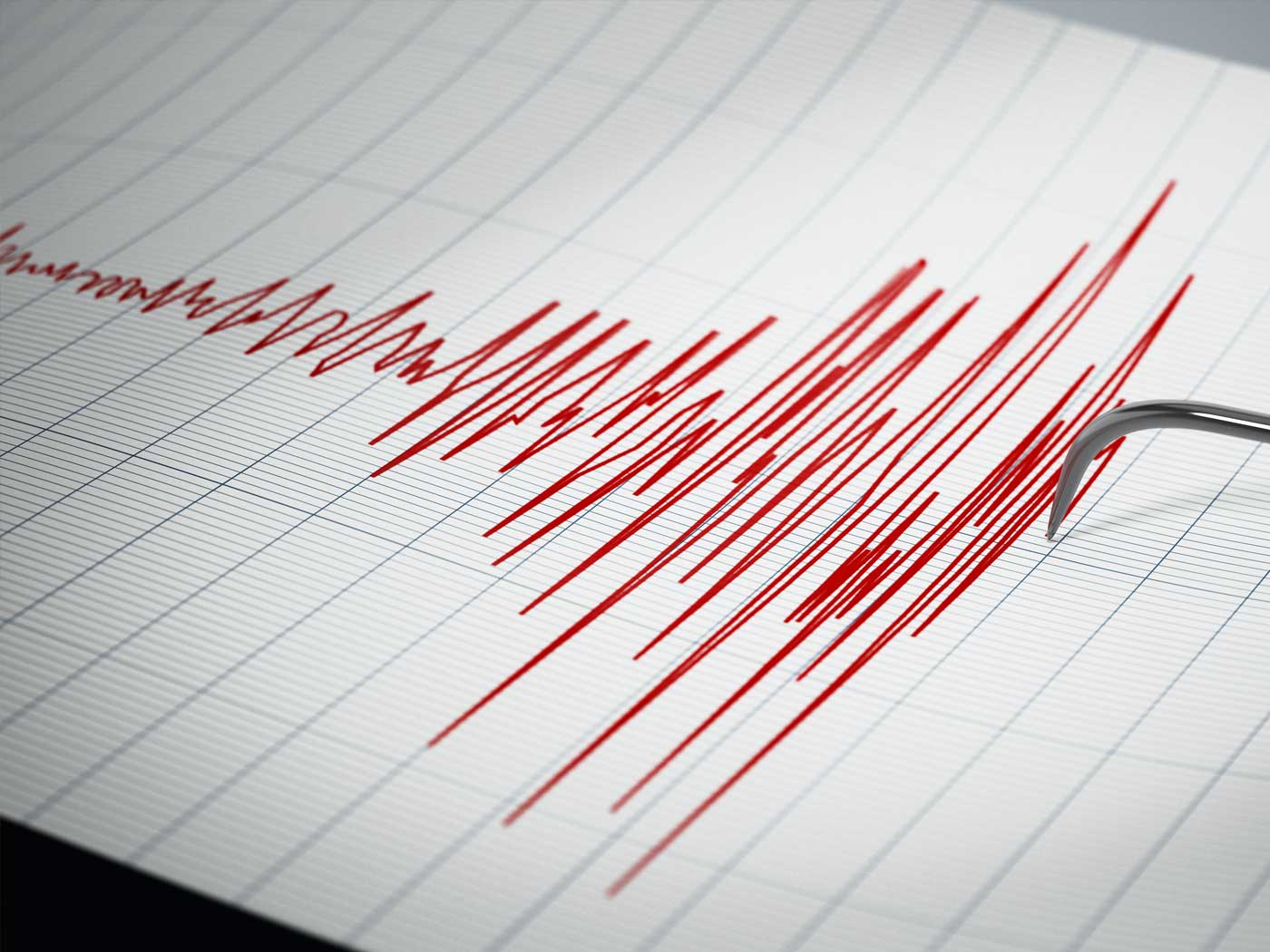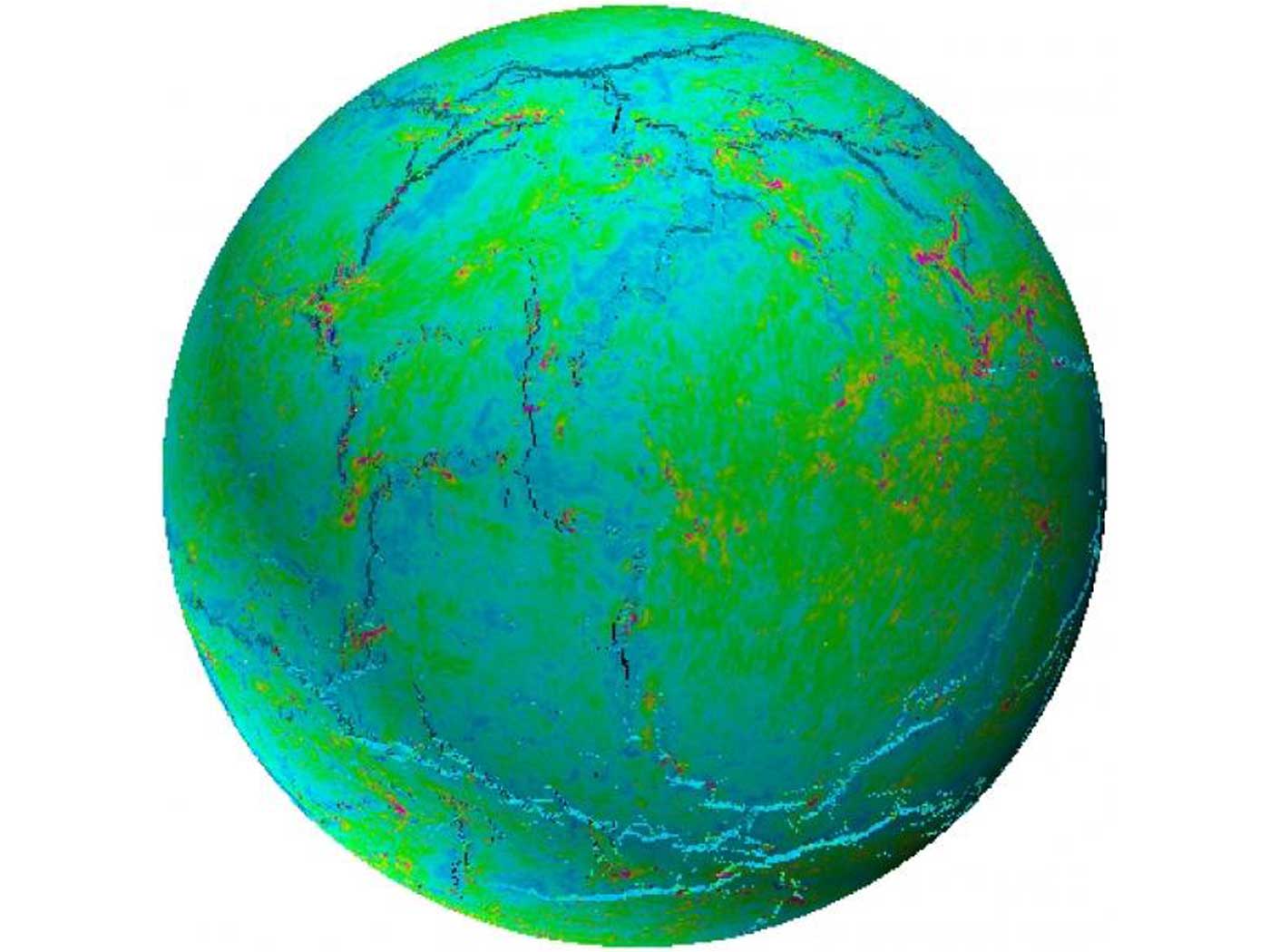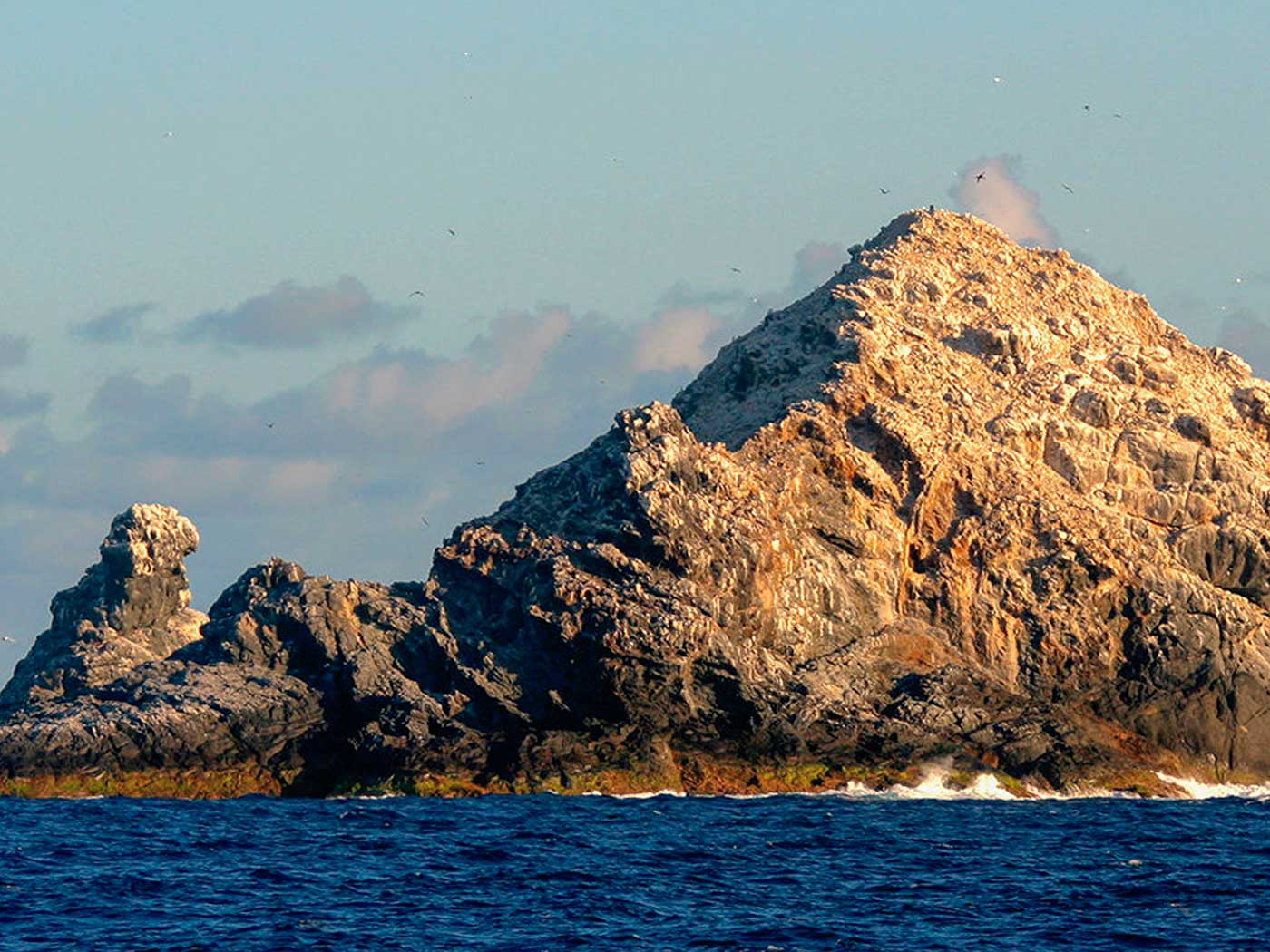Recently, a new study published in the Bulletin of the Seismological Society of America has suggested that earthquakes follow a complex mathematical pattern described as the ”devil’s staircase.”1 The phenomenon is known as phase locking, or resonance, and is sometimes present in systems with two competing frequencies.2 As each system changes with time, the two experience moments when they are in phase and then again out of phase.2 Graphing this pattern with time creates a staircase pattern, hence the name, where the steps vary in height and width.
Earthquakes are sometimes linked along the same fault system and others are connected by their presence on the same plate boundary, like a subduction zone. The interrelated nature of many large faults and plate boundaries globally can cause some earthquakes to cluster or occur in short intervals, one right after the other. Whereas, at other times, earthquakes on one part of the same fault system do not seem to cause any additional earthquakes elsewhere. These areas with no earthquake activity can remain dormant for many years, making an overall pattern of sudden activity followed by extended pauses, creating the “devil’s staircase” pattern.
But the problem with using this to predict earthquakes is the same as most other methods: There is not enough data over a long enough period of time to make any sense of the data, let alone an accurate prediction of the next big earthquake. Brooks Hays of UPI summarized,
When models fail to take a wide-angle view of earthquake sequences—instead, looking at seismic patterns over short periods of time—it becomes impossible to tell whether a series of seismic events occurred within a single cluster or spanned two clusters and an interval of silence.3
Lead author Yuxuan Chen, from the Department of Geological Sciences, University of Missouri at Columbia, and colleagues wrote,
For this same reason, we need to be cautious when assessing an event is 'overdue' just because the time measured from the previous event has passed some 'mean recurrence time' based an incomplete catalog.1
Today’s earthquakes are mere reminders of the tremendous seismic activity that must have occurred during the global Flood. However, during the Flood year, there were likely thousands upon thousands of earthquakes, with few pauses. The tectonic plates during the Flood were moving meters per second, not a few centimeters per year like we observe today.4
Geophysicist John Baumgardner calculated that the rapidly moving plates during the Flood may have produced one major earthquake every 4 seconds.5 In his calculations, he assumed the earth had subduction zones that were approximately the same length as we observe today, possibly totaling 40,000 miles.5
That many earthquakes, so closely spaced in time, could have pushed tsunami waves onto the continents so quickly that they could not drain off before the next one hit. Baumgardner further determined that this could have produced “standing waves” of water as high as 4,900 feet in some locations across the continents, greatly helping to flood the earth.5
Earthquakes and their resulting tsunamis were likely a big source for the rising waters used by God to orchestrate the judgment of the Flood. Today, we still experience these infrequent, unpredictable, and often deadly reminders. The more we learn about earthquakes, the more complex they seem to become. And unfortunately, no easy way to predict them seems to be in sight. Meanwhile, the earth continues to groan as in the pains of childbirth because of the sin of Adam.6
References
1. Chen, Y. et al. 2020. Complex Temporal Patterns of Large Earthquakes: Devil’s Staircases. Bulletin of the Seismological Society of America.
2. Brookhaven National Laboratory. 1968. The devil’s staircase. Physics Today. 39 (12): 38.
3. Hays, B. Timing of Earth’s biggest earthquakes follows a ‘devil’s staircase’ pattern. United Press International. Posted on upi.com April 14, 2020, accessed April 23, 2020.
4. Baumgardner, J. 1994. Runaway Subduction as the Driving Mechanism for the Genesis Flood. In Proceedings of the Third International Conference on Creationism. R. Walsh, ed. Pittsburgh, PA: Creation Science Fellowship Inc., 63-75.
5. Baumgardner, J. 2016. Numerical Modeling of the Large-Scale Erosion, Sediment Transport, and Deposition Processes of the Genesis Flood. Answers Research Journal. 9: 1–24.
6. Romans 8:22.
*Dr. Clarey is Research Associate at the Institute for Creation Research and earned his doctorate in geology from Western Michigan University.




